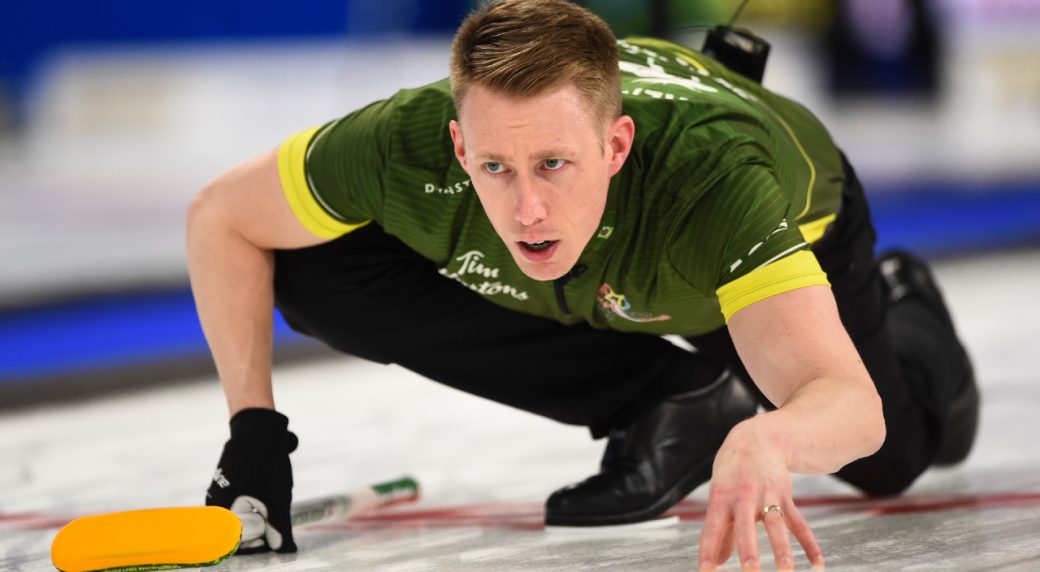Mixed doubles curling has progressed mostly how Warren Hansen envisioned when he created the sport almost two decades ago.
Hansen, whose innovation made its debut in the inaugural Continental Cup in 2002, discussed the history and evolution of mixed doubles with co-host Kevin Martin during the latest episode of the Inside Curling podcast, which dropped this past Thursday.
There's just one rule Hansen believes teams aren't capitalizing on: the ability to flip around the throwing order of their players during a game.
“It was set up so the positions of the person throwing (rocks) one and five and two, three and four could be changed around at will,” Hansen said. “It was kind of our thought when the game was designed that people would do this depending upon the situation but it doesn’t seem to be happening. I think the only team I’ve noticed so far has been a team from Quebec that’s made that change in the middle of a game.”
Teammates Marc Kennedy and Val Sweeting joined the podcast from inside the Calgary bubble amid the Canadian mixed doubles curling championship taking place at WinSport Arena. When Hansen asked why players aren't shuffling the throwing order, Kennedy explained it probably hasn't unfolded that way because as they get into the rhythm of a game, they might simply forget.
“You get so used to getting comfortable in your position, knowing your role and in the middle of a competition or the middle of a game, it’s hard to think, ‘Oh, I can switch this up if I wanted to,’” said Kennedy, who also plays third for Team Brad Jacobs. “Perhaps it’s as much just the obliviousness of it and maybe that’s why teams aren’t making that change very often?
“In our case and in most teams’ cases, I think the idea is the men can typically throw it a little harder — not in every case but in a lot of cases — and being able to open some things up if the middle of the end isn’t going (well). It seems to be a tool that a lot of teams want to use.”
Sticking with an established throwing order also makes more sense for their team as Sweeting, who plays third as well for Team Kerri Einarson, has more experience as a last-rock thrower as a former skip and a three-time Pinty’s Grand Slam of Curling women’s champion in that role. As for why other teams don't shake it up, both Kennedy and Sweeting were drawing blanks (curling pun intended).
"It just seems to happen that way," Kennedy said. "Emma Miskew is one player that I’ve seen play both one and five but also been that middle of the lineup depending on who her teammate is... I don’t really have that answer for you. What do you think, Val?"
Sweeting added with a laugh: "I’ve got nothing either, sorry."
Check out the full episode of the Inside Curling podcast, Mixed Doubles Vision, for more.

